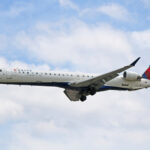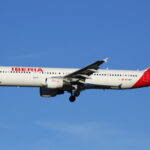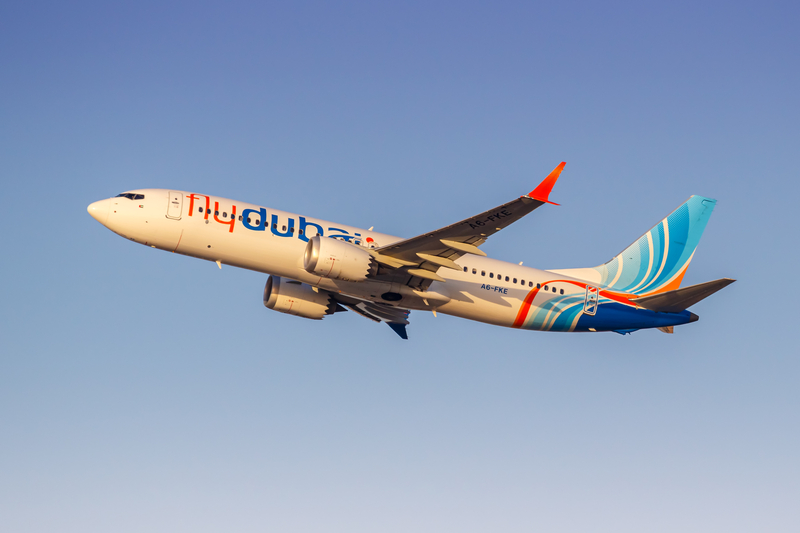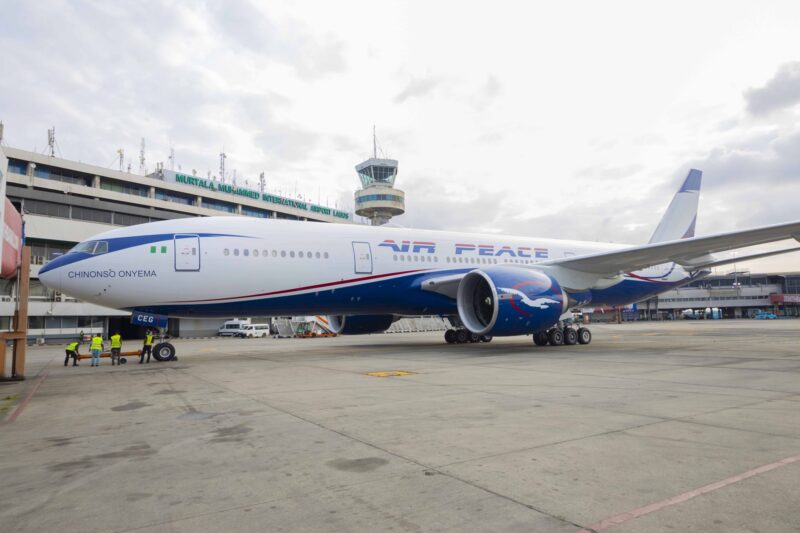Air Serbia Will Launch Belgrade – Toronto Nonstop Flights In May 2026
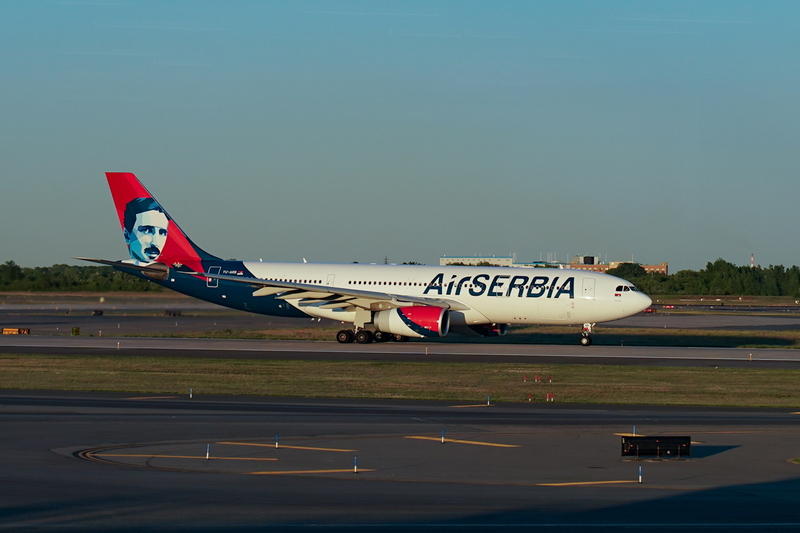
ID 378740730 | Air Serbia A330 © Zhukovsky | Dreamstime.com
Air Serbia is finally pointing one of its Airbus A330s toward Canada. Beginning May 23, 2026, the Serbian flag carrier will inaugurate twice-weekly nonstop service between Belgrade (BEG) and Toronto Pearson (YYZ)—its third North American destination after New York–JFK and Chicago–O’Hare. The flight will be seasonal through late September 2026, with tickets slated to go on sale October 16, 2025.
Why Toronto, why now
Few long-haul markets are as logical for Air Serbia as Toronto. The Greater Toronto Area hosts one of the largest Serbian diasporas outside Europe, and traffic flows aren’t limited to point-to-point VFR (visiting friends and relatives). The airline has built a dense short-haul web through Belgrade, so a YYZ nonstop instantly improves one-stop access from Canada to Balkan and near-Balkan cities like Athens, Bucharest, Dubrovnik, Istanbul, Ljubljana, Prague, Sarajevo, Skopje, Sofia, Split, Podgorica, Tivat, Vienna, Zagreb, and Zurich. That regional connectivity—often with timed banks and short minimum connection times—has been the backbone of Air Serbia’s transatlantic success so far.
Seasonality is another clue. Toronto’s summer demand is robust and leisure-heavy, which suits a May–September operation while the airline gauges performance and fine-tunes schedules. If loads and yields cooperate, an extension into the shoulder months—or an upgauge in frequency—wouldn’t be out of the question in future seasons.
The aircraft and onboard experience
The route will be flown by an Airbus A330-200 configured with 257 seats: 21 in business class and 236 in economy. Air Serbia’s A330s are ex-lease aircraft refreshed in-house; business class features fully flat seats in a 1-2-1/1-2-2 alternating layout depending on tail, with direct aisle access from many seats, while economy offers 18-inch-wide seats and personal entertainment. The 4,610-mile sector length is a comfortable mission for the A330-200, and the aircraft’s economics align well with a twice-weekly summer schedule.
A strategic step in a measured long-haul build
Air Serbia now operates four A330s across JFK, ORD, Guangzhou, and Shanghai, and has openly discussed doubling the widebody fleet over the next few years. Management has also long flagged Toronto and Miami as next in line for North America, with YYZ making more sense as the summer starter and MIA a logical winter-season play if and when aircraft time allows.
What’s notable is how Air Serbia is growing. As a government-owned carrier (Etihad exited its equity stake in 2019), it has resisted the prestige trap that has snared many state airlines. Instead, it has sweated assets, added used widebodies at sensible cost, focused on connecting traffic through BEG, and—crucially—made money in both 2023 and 2024. Geography helps: Belgrade sits at a natural crossroads between Central Europe, the Balkans, the Near East and the Caucasus, and Serbia’s operating cost base is competitive.
Competitive landscape
Toronto–Belgrade has been a long-standing white spot on the map, historically served via one-stop connections (often through Frankfurt, Munich, Vienna, Zurich, Istanbul, or Paris). A nonstop immediately trims hours and removes misconnect risk—particularly valuable in peak summer when transatlantic connections are congested and fares elevated. The diaspora component should underpin strong base demand, while Air Serbia’s regional network can backfill shoulder dates with connecting passengers bound for coastal Croatia, Greece, and other summer hot spots.
What to watch
-
Schedule reveal: With sales opening October 16, look for timings that plug into BEG’s morning/evening banks, enabling same-day connections across the Balkans and Greece both ways.
-
Frequency flexibility: Twice weekly is a cautious, capacity-disciplined start. If the pattern sells out early, a third weekly rotation in July/August is the obvious lever.
-
Winter counterpart: If Miami materializes for Winter 2026/27, it would neatly balance aircraft utilization and diversify North American revenue seasonality.
Bottom Line
After more than three decades since JAT’s last Toronto service, Belgrade and Toronto will be linked nonstop again. For Canadians, the flight unlocks an easier gateway to the Balkans and nearby Europe; for Serbians and the wider region, it shortens the path to one of North America’s most multicultural cities. It’s a measured, data-driven addition that fits Air Serbia’s long-haul template—and, if history is a guide, a likely prelude to more North American growth.
